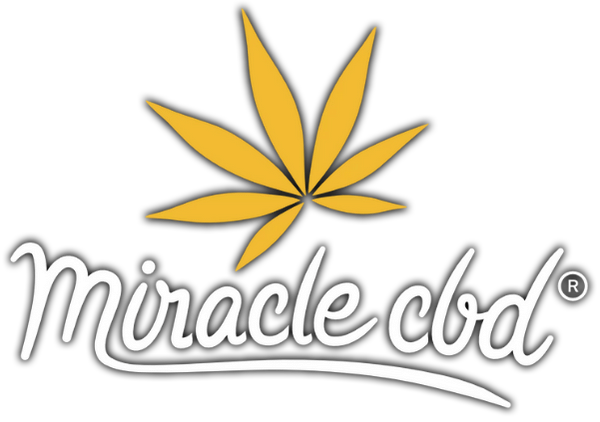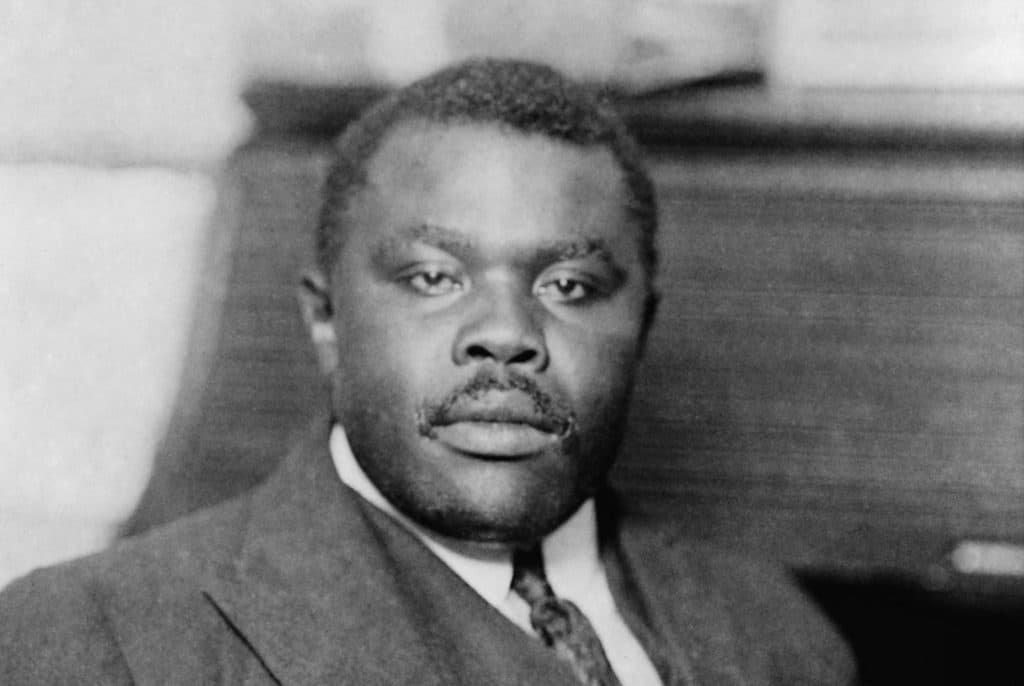Hemp joint: First packaged in 1856
The use of cannabis for its medicinal effects is as old as mankind itself. Marijuana has been smoked in a pipe, hookah or chilla since ancient times. A relatively new method of consumption saw the light of day around the middle of the 19th century, when the first ever hemp joint.
The joint as we know it today is the most iconic way to use cannabis flowers. The marijuana joint has earned a place of prominence in almost every culture and on every continent. It took less than 170 years of its existence to do this.
Let's now take a historical look at his journey to fame across US history.
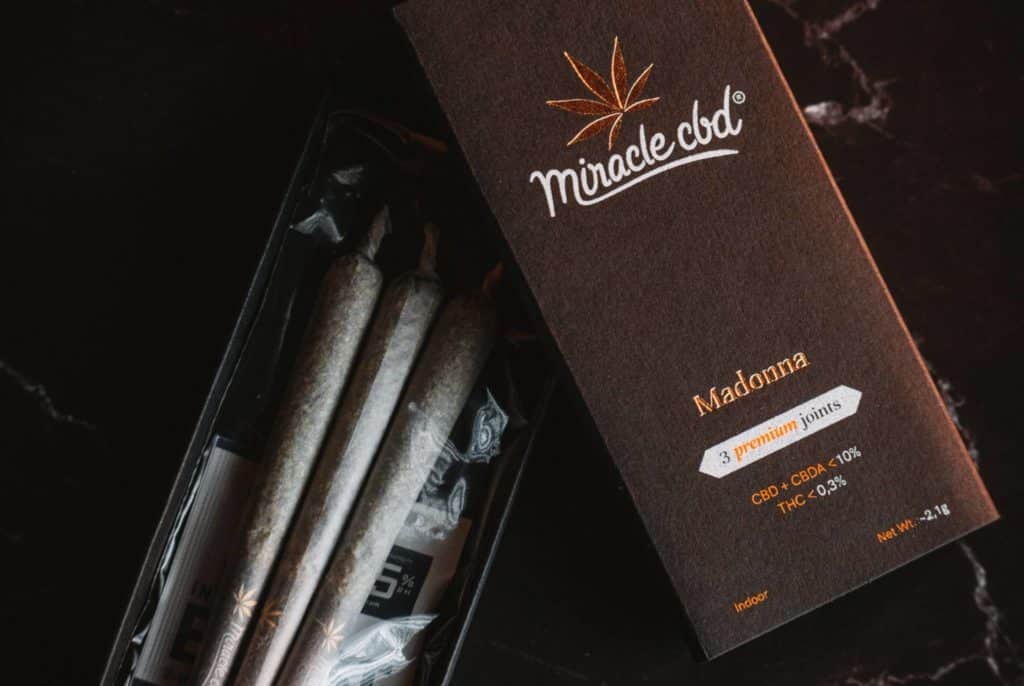
The first written mention of the joint
If we are talking about the very first written mention of a wrapped joint, then historical sources take us to far away Mexico. Although marijuana has been used for its medicinal effects for centuries, it appears that the first joints were consumed simply for recreational purposes.
It most likely occurred much earlier, however, the first mention of mixing cannabis with tobacco in cigarettes comes from a pharmacist at the University of Guadalajara who recorded the act in 1856.
The earliest surviving record of being sold commercially cannabis cigarettes we can find in a certain Boston publication from 1870. Joints called Grimault's Indian cigarettes were sold as a remedy for respiratory ailments.
Their contents were made up of a mixture of hemp resin, belladonna leaves (today we can find it, for example, in homeopathic medicines) and a modest amount of potassium nitrate. For patients suffering from asthma attacks, this herbal combination was supposed to help increase the flow of oxygen to the lungs.
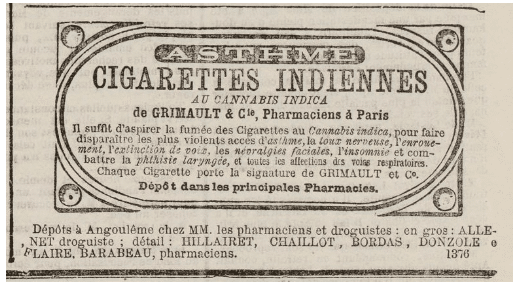
Early 20th century hemp joints
The notorious word "joint" comes from the period of the 20s and 30s, when many nicknames were created for hemp cigarettes, whose smoking began to gain intensive popularity in the USA.
Also worth mentioning is the word "muggle", which comes from the same period. The English name is probably not very familiar to most of us, but it could be translated as "muggle". Have you ever heard this word before? This apparently happened while watching a movie based on the theme of the highly successful Harry Potter book series, where it was heard repeatedly.
One of the first significant promoters of cannabis is undoubtedly Marcus Garvey, who was involved in its spread in the black community. This man, originally from Jamaica, is referred to as a prophet in the Rastafarian faith, because it was his ideas that largely inspired the nascent movement.
The famous American Prohibition in 1920 caused a huge increase in the popularity of cannabis in the United States, as alcohol completely disappeared from the shelves of stores and pubs. As America slowly but surely plunged into an economic depression, hard-working people simply had a great need for relief from the daily worries of existence.
Joint & jazz
In the same period, the effects of marijuana were also praised by jazz musicians, who preferred it to alcohol, because cannabis strengthened creativity, but at the same time did not affect their motor skills.
Musicians from New Orleans traveled across the states, bringing with them cannabis cigarettes, which subsequently came to be referred to as "jazz". Legally speaking, marijuana was perfectly legal in most US states, which meant that its user, who referred to himself as a "viper," could enjoy its effects in public and face no retribution.
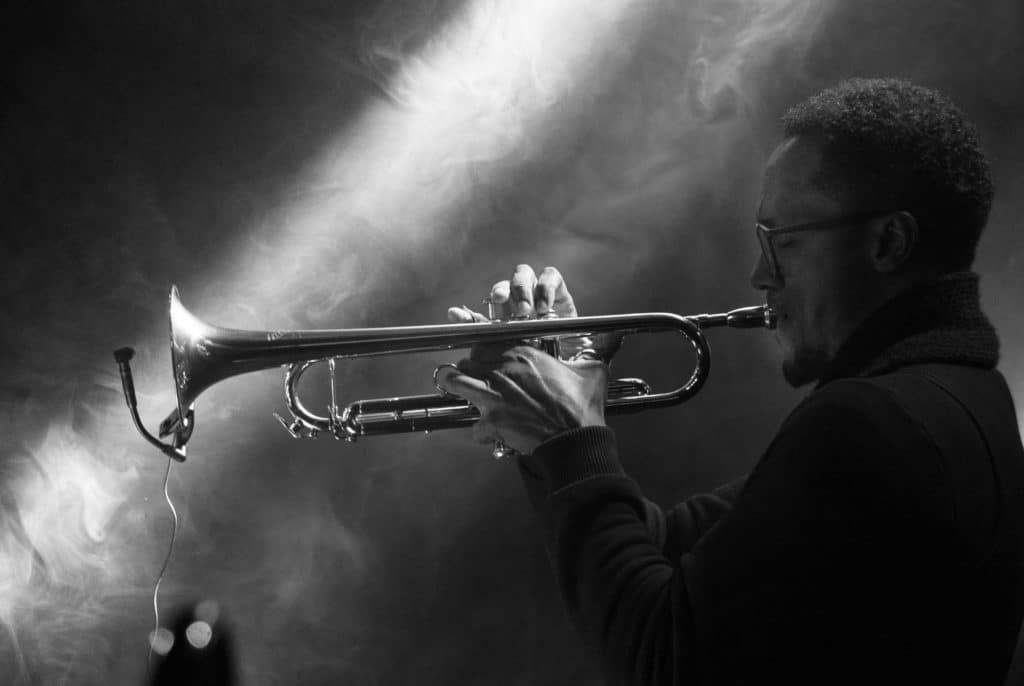
A thorn in the side of the joint
In the course of the following years, however, public pressure for a blanket ban on the distribution of narcotic cannabis began to grow, which resulted in a number of restrictions, and the worst was yet to come for lovers of the plant with the Latin name Cannabis.
The turning point came in 1937, when a law was passed federally that relegated marijuana to the list of illegal substances. Primarily joints became the target of newspaper editorials and school textbooks in this era.
A propaganda campaign called "Reefer Madness" spread misinformation about the effects of cannabis. You could say she completely demonized them. According to its authors, marijuana drove the population into a murderous frenzy and turned people into sex maniacs possessed by evil demons.
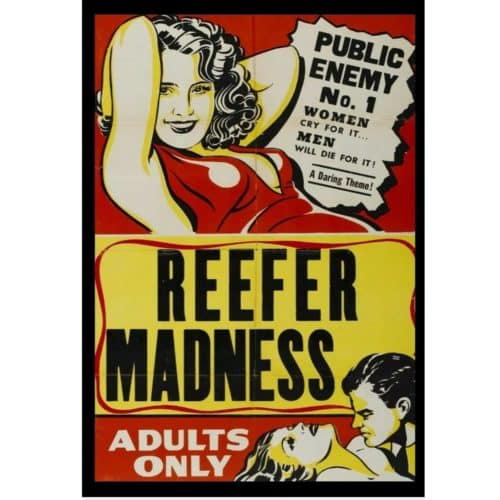
The skyrocketing popularity of joints
Another important chapter in the history of marijuana cigarettes was the XNUMXs, which marked a significant change in the attitude of citizens towards the governing authorities.
Many people who were influenced by the "Reefer Madness" scare campaign as children have started to change their attitude towards cannabis through their own judgement. In short and well, they began to discover that they were simply deceived, because the effects of marijuana do not actually cause any demonic changes in consciousness.
Joint during the Vietnam War
The current war in Vietnam has earned the nickname of a completely pointless military conflict among the public. Young men often refused to enlist because they did not want to risk their lives not for the defense of the homeland, but for the defense of higher interests.
Smoking a cannabis joint has become a symbol of protest against the distorted values of the power regime. Through this peaceful act, people rallied under the banner of love and counter-cultural revolution.

The world-famous hippie movement had a big part in the fact that the consumption of marijuana became a normal part of life. This habit quickly turned into a lifestyle, as it was not just about smoking joints, but about own fashion trends, music and philosophical thoughts. And unfortunately also about the hard drugs that eventually led the flower children to ruin.
North American merchants also flexibly adapted to the new trends, whether they were paper factories or jewelry manufacturers, whose creations now often concealed clasps for keeping the joint. Production in the paper industry has expanded to include several types of rolling papers. These were often decorated with patterns with a psychedelic theme or quotes promoting marijuana.
Most of us probably wouldn't think of it at all, but…
Smoking cannabis became a very popular ritual even among the soldiers in Vietnam. According to the commanders, roughly 70% to 80% of the conscripts burned a joint at least once.
Not only was the smoking of psychoactive cannabis an open secret on many military bases, but some officers even encouraged the under-the-counter sale of joints.
In order to be able to buy a pack of cannabis cigarettes, you only needed two dollars at that time. The practice was to empty commercially sold cigarettes and then fill them with crushed cannabis flowers. Since not all members of the army were adherents to the use of cannabis, there were occasional checks of personal belongings. More cunning individuals, however, stuck the original cellophane seal on the cigarette box and thus escaped the inspection without being noticed.

A hemp joint in the modern era
Although cannabis has always accompanied us in history and joints are no longer a novelty, a large group of our society is still influenced by the surviving prejudices associated with this medicinal herb. Whether it is THC or non-narcotic CBD hemp.
At least we are lucky in that on today's market we can choose from a huge number of types of rolling papers, tubes, blunts, but also from various strains CBD hemp, which can be sold with up to 1% THC content from the new year. CBD joints so you can pack it at home without any fear of legal punishment.
However, we are not allowed to encourage anyone to consume cannabis flowers, because the current legislation makes it impossible for us to do so. Although it is often said that cannabis should be more accessible to all citizens. So if you decide to buy CBD, please keep in mind that it is a collector's item.
Let us therefore hope that the whole thing will go in the right direction and that we will soon see a more significant relaxation.
Warning: The nature of this article is purely informative. It does not aim to encourage the consumption of CBD flowers or other types of cannabis. The information on our website is used exclusively for educational purposes, i.e. they cannot be taken as a substitute for a doctor's diagnosis or recommended treatment. Our site does not endorse or otherwise support the abuse of narcotic and psychotropic substances.
Source: Leafly: Cannabis in History
